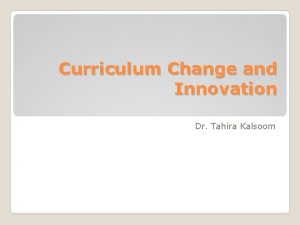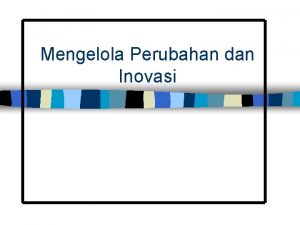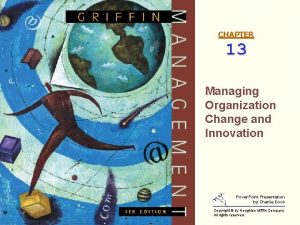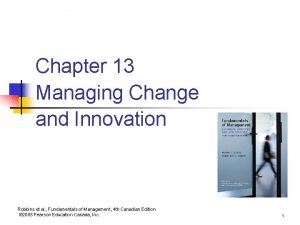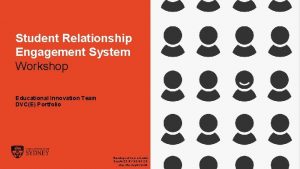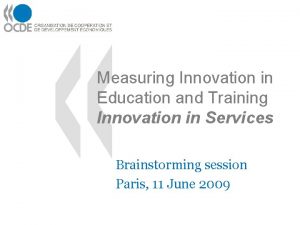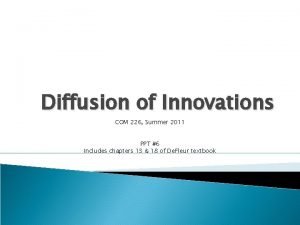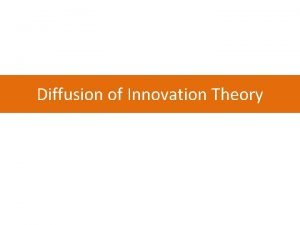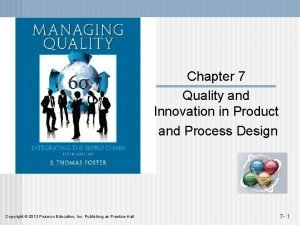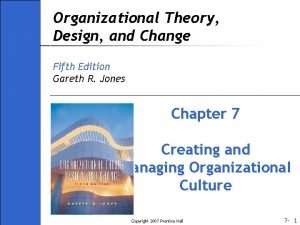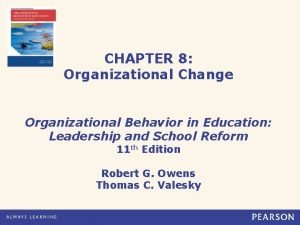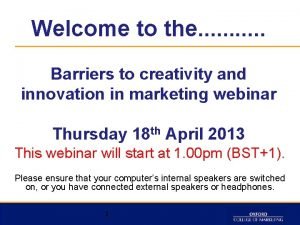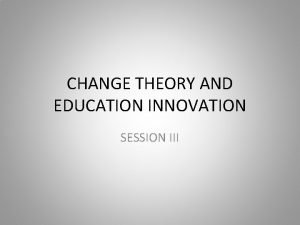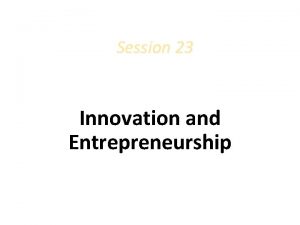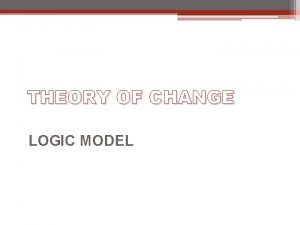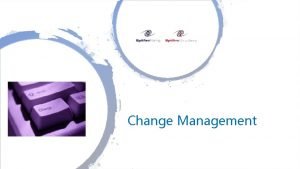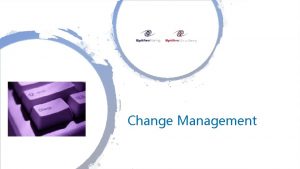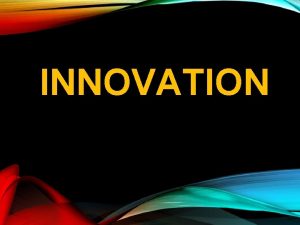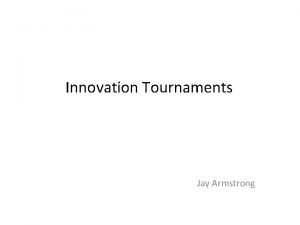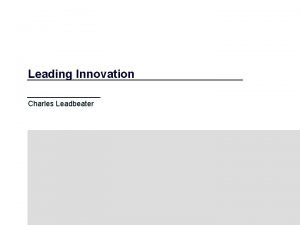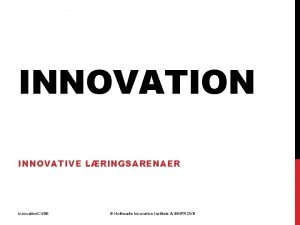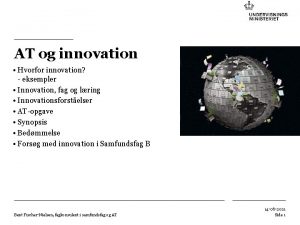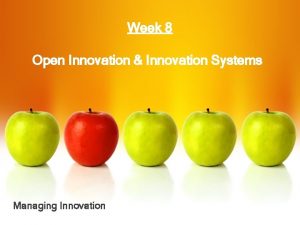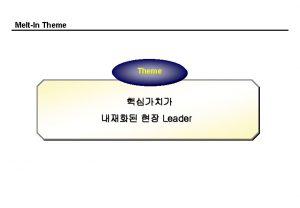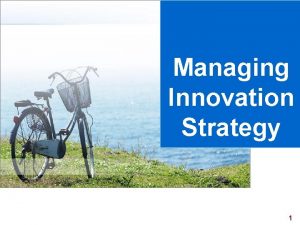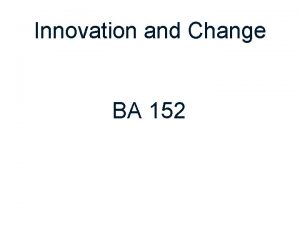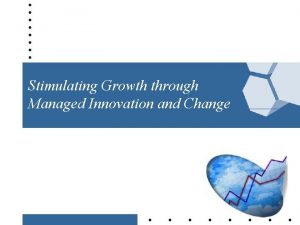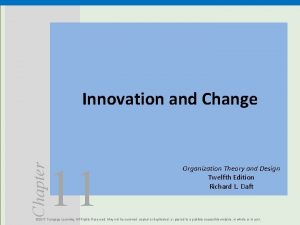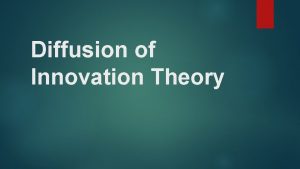CHANGE THEORY AND EDUCATION INNOVATION SESSION II SESSION





































- Slides: 37

CHANGE THEORY AND EDUCATION INNOVATION SESSION II

SESSION TWO OVERVIEW • MY THINKING AND CHANGE – Ladder of Inference – Mental Models – Cognitive Biases • EXPLORING MODELS AND MITIGATING BIASES – The Mindset – The Conversation • APPLICATIONS

LADDER OF INFERENCE* • Take action • Form beliefs • Draw Conclusions • Make assumptions • Select the data TA DA • Observable data *Developed by Chris Argyris

MENTAL MODELS • Deeply ingrained assumptions that influence what we perceive, see and hear which impacts what we think is right and wrong and then how we respond. It is what we believe to be true. • Most are valid and assist us in our decision making • Traffic lights and control

“QUICK THINKING” Respond to the questions asked by the instructor by filling in the blanks 1) __ 2) __ 3) __ 4) __ __ __ __

SOME INFAMOUS MENTAL MODELS • “Who the hell wants to hear actors talk? ” • Harry Warner, Warner Bros. Pictures, 1927 • “Sensible and responsible women do not want to vote. ” • Grover Cleveland, 1905 • “There is no reason anyone would want a computer in their home. ” • Ken Olsen, President and Founder, DEC, 1977 • “Digital photography will never be as good as film. ” • Some Kodak Executives, c. 1995

WHAT DO YOU SEE?

MENTAL MODELS • What are the Mental Models people may have about education in low socio-economic areas? – Who are the people and what are the models • What are my Mental Models about changing education systems to improve outcomes in low socio-economic areas?

COGNITIVE BIASES • Psychological tendencies that cause the human brain to draw incorrect conclusions • Humans predictably and consistently make the same mistakes resulting in flawed decision making processes • Shortcuts and thinking patterns help process the vast amount of information (Heuristics)

COGNITIVE BIASES • Some people will drive from Target, where they can purchase a desired pen for $25, to Wal-Mart, 15 minutes away, where they can buy the exact same pen for $18. • However, If they were shopping for a luxurious gray pinstriped suit at Dillard’s for $476, they would not walk to Macy’s, at the other end of the mall, if they could buy the exact same suit for $469. Proprietary and Confidential. Trade secret protected.

COGNITIVE BIASES • Mental Accounting – People code and categorize money into separate accounts. • For example, people mentally frame “found money” (tax return, winnings from gambling) as more expendable than current income • “Sunk costs” are treated differently • Special funds Proprietary and Confidential. Trade secret protected.

COGNITIVE BIASES Write down the last three digits of your telephone number: __ __ __ Proprietary and Confidential. Trade secret protected.

COGNITIVE BIASES Estimate the year Genghis Kahn died ______ Proprietary and Confidential. Trade secret protected.

COGNITIVE BIASES • Anchoring – Tendency to rely too heavily, or "anchor, " on one trait or piece of information when making decisions – For example, a person’s status or appearance, first number thrown out or mentioned – Available data or “sampling bias” – Estimates “plucked out of thin air” serve as anchors for subsequent estimations by the project team Proprietary and Confidential. Trade secret protected.

COGNITIVE BIASES • In a 2006 study entitled "Behaving Badly", James Montier found that 74% of the 300 professional fund managers surveyed believed they delivered above-average performance. Of the remaining 26% surveyed, the majority viewed themselves as average. Almost 100% of the survey group believed that their job performance was average or better. Proprietary and Confidential. Trade secret protected.

COGNITIVE BIASES • Overconfidence – A person’s confidence in their knowledge, skills, abilities and judgments are greater than their actual performance – The more confident the person the more likely they will be believed and the less likely they will be challenged – Leads to over estimating one’s (others) capabilities and underestimating the time to complete or the cost of a project – Hindsight, attributing success to an action one previously took Proprietary and Confidential. Trade secret protected.

COGNITIVE BIASES • Are you more concerned about losing $500 or excited about winning $500 while investing or gambling? Proprietary and Confidential. Trade secret protected.

COGNITIVE BIASES • Loss aversion – Losses have more emotional impact than an equivalent amount of gains – Preference to avoid losing money than making money by a factor of 2: 1 – Sunk costs • Status quo – Tendency to stay where you are – A resistance factor in change Proprietary and Confidential. Trade secret protected.

COGNITIVE BIASES • Selective perception – Give greater credence to data that supports one’s view – Tend to seek out confirming data – Tend to discount contrary data – Perceiving only certain aspects of a situation Proprietary and Confidential. Trade secret protected.

COGNITIVE BIASES • Availability – people predict the frequency of an event based on how easily an example can be brought to mind. • Tornado alerts in the spring of 2011 • Representativeness – Judgments based on stereotypes • Susan is very shy and withdrawn, invariably helpful, but with little interest in people, or in the world of reality. A meek and tidy soul, she has a need for order • Susan most likely is a librarian, teacher or lawyer?

COGNITIVE BIASES • • • Satisficing Temporizsing Affect Association Us vs. Them Power Differential Illusion of Control Elimination by Aspect All or Nothing

WHAT IS THIS ABOUT?

The Nature of Human Nature • Prefer certainty and order • When we sense change, it affects our sense of certainty and order • Am I Threatened? • Will I be Embarrassed? • Do I lose Control? • When bombarded with information we use • Mental Models • Cognitive Biases (Heuristics)

MITIGATING MENTAL MODELS AND COGNITIVE BIASES • A Different Mindset – Being Vulnerable

Five Dysfunctions of a Team* Inattention to results Status and Ego Avoidance of Accountability —Low Standards Lack of Commitment--Ambiguity Fear of Conflict—Artificial Harmony Absence of Trust--Invulnerability * Patrick Lencioni

MITIGATING MENTAL MODELS AND COGNITIVE BIASES • The Right Mindset – Being Vulnerable – Suspending Judgment • xxxx platform – Learning • Unilateral Control Model • Mutual Learning Model

UNILATERAL CONTROL MODEL* Core Values • Achieve my goal through unilateral control • Win, don’t lose • Minimize expressing negative feelings • Act rational Assumptions • I understand the situation, those who see it differently do not • I am right, those who disagree are wrong • I have pure motives, those who disagree have questionable motives • My feelings are justified *Based on research of Argyris and work of Roger Schwarz Strategies • Advocate my position • Keep my reasoning private Consequences • Misunderstanding, unproductive conflict and defensiveness • Mistrust • Don’t ask others about their reasoning • Limited learning • Ease-in • Reduced effectiveness • Save face • Reduced quality of work life

Mutual Learning Model* Core Values • Transparency Assumptions • Curiosity • Accountability • Informed choice • Compassion • I have some information, others have other information Strategies (Ground Rules) • State views and ask genuine questions • Share all relevant information • Each of us may see things the others do not • Use specific examples and agree on what important words mean • Differences are opportunities for learning • Explain reasoning and intent • People may disagree with • Test assumptions and inferences me and have pure motives • Focus on interests not positions • Jointly design the next steps • Discuss undiscussable issues *Based on research of Argyris and work of Roger Schwarz • Use a decision-making rule that generates the level of commitment needed Results • Increase learning and understanding, reduce unproductive conflict and defensiveness • Increase trust • Help people make better decisions and stick to them • Decrease time to implement decisions • Improve working relationships • Increased quality of work life – group member satisfaction

THINKING ABOUT OUR THINKING WITH OTHERS • The Conversation – Discussion • One-sided (my side) approaches to reality • discutere • Unilateral Control Model – Dialogue • Two (or) more-sided approaches to reality • dia-logos • Mutual Learning Model

GROUND RULES FOR EFFECTIVE GROUPS • Grounds Rules I. State views and ask genuine questions II. Share all relevant information III. Use specific examples and agree on what important words mean IV. Explain reasoning and intent V. Test assumptions and inferences

GROUND RULES FOR EFFECTIVE GROUPS • Ground Rules (continued) VI. Jointly design next steps VII. Focus on interests not positions VIII. Discuss undiscussable issues IX. Use a decision making rule that generates the level of commitment needed

EXERCISE

FEEDBACK • Is a dialogue, advocacy and inquiry • A critical characteristic of high performing teams – Who to whom? – When and where? – How and what? • Be specific, not ambiguous • Be descriptive, not judgmental

FEEDBACK AMBIGUOUS MESSAGE CONTENT SPECIFIC 2 x 2 FEEDBACK MATRIX “When you fold your “Your body language arms and look away is offensive” I think you don’t care” “You just don’t care” “Your body language is hard to read” JUDGEMENTAL DESCRIPTIVE EVALUATION

FEEDBACK • Is a dialogue • A critical characteristic of high performing teams – Who to whom? – When and where? – How and what? • Be specific, not ambiguous • Be descriptive, not judgmental – Diagnostic tool, left hand - right hand columns

EXERCISE • Personal reflection – Think about a time when you gave feedback • What were your “hopes and fears” • What did you think and what did you say

EXERCISE
 Mysite.socccd
Mysite.socccd Incremental innovation vs disruptive innovation
Incremental innovation vs disruptive innovation Curriculum innovation models
Curriculum innovation models 2 metafora mengenai proses perubahan
2 metafora mengenai proses perubahan Chapter 13 managing change and innovation
Chapter 13 managing change and innovation The calm waters metaphor
The calm waters metaphor Student relationship engagement system
Student relationship engagement system Measuring innovation in education
Measuring innovation in education Diffusion of innovation ppt
Diffusion of innovation ppt Innovation diffusion theory
Innovation diffusion theory Example of chemical change
Example of chemical change Absolute change and relative change formula
Absolute change and relative change formula Difference between chemical and physical change
Difference between chemical and physical change Change in supply and change in quantity supplied
Change in supply and change in quantity supplied Chemical change and physical change
Chemical change and physical change Rocks change due to temperature and pressure change
Rocks change due to temperature and pressure change Whats the difference between chemical and physical change
Whats the difference between chemical and physical change First order change examples
First order change examples Quality and innovation in product and process design
Quality and innovation in product and process design Venn diagram formal education and nonformal education
Venn diagram formal education and nonformal education Difference between health education and health promotion
Difference between health education and health promotion Painting the wall physical change or chemical change
Painting the wall physical change or chemical change Integer
Integer Input and output markets
Input and output markets Enagic founder
Enagic founder Proactive and reactive change
Proactive and reactive change Spare change physical versus chemical change
Spare change physical versus chemical change How does a physical change differ from a chemical change
How does a physical change differ from a chemical change What is an example of physical change
What is an example of physical change Chopping wood is a physical or chemical change
Chopping wood is a physical or chemical change Climate change 2014 mitigation of climate change
Climate change 2014 mitigation of climate change Organizational theory design and change
Organizational theory design and change Organizational design types
Organizational design types Organizational change in education
Organizational change in education Financing education in a climate of change
Financing education in a climate of change Change management in higher education
Change management in higher education Equivalency theory and distance education
Equivalency theory and distance education Barriers to creativity
Barriers to creativity


